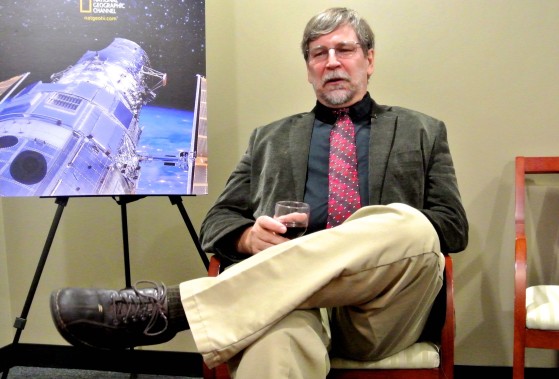Hubble's Cosmic Journey

Hollywood on the Potomac was relieved to know that scientists Dr. Jeff Hester, NASA Scientist and Chief Engineer for Creating the Camera Hubble Telescope and Dr. Edward Weiler, NASA Chief Scientist for Hubble Telescope 1979-1998, did not spend their childhoods dissecting ants and frogs in their basements: Au contraire.
“For me personally, among my very earliest memories, it was watching them bolt astronauts into the Mercury capsules so I grew up fascinated with such things,” Dr. Hester told us. “I was always fascinated with flight and as a kid I had microscopes so I was engaged in that kind of stuff. I was probably ten years old and a friend of mine had bought a dime store telescope and had it set up in the back yard so I went over. He had it pointed at Saturn and it was so real, you could see the rings and it just floored me. Still to this day I can close my eyes and see Saturn sitting there in that little tiny telescope.”
Both were honored guests at the premiere of HUBBLE’s Cosmic Journey celebrating 25 Years of the Space Telescope hosted by National Geographic. The two friends and colleagues had not seen each other for 20 years. About the Mission: On April 24, 1990, the space shuttle Discovery lifted off from Earth with the Hubble Space Telescope nestled securely in its bay. The following day, Hubble was released into space, ready to peer into the vast unknown. Since then, Hubble has reinvigorated and reshaped our perception of the cosmos and uncovered a universe where almost anything seems possible within the laws of physics. Hubble has revealed properties of space and time that for most of human history were only probed in the imaginations of scientists and philosophers alike. Today, Hubble continues to provide views of cosmic wonders never before seen and is at the forefront of many new discoveries.





